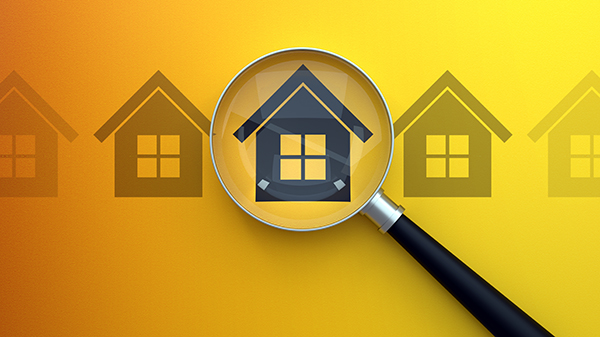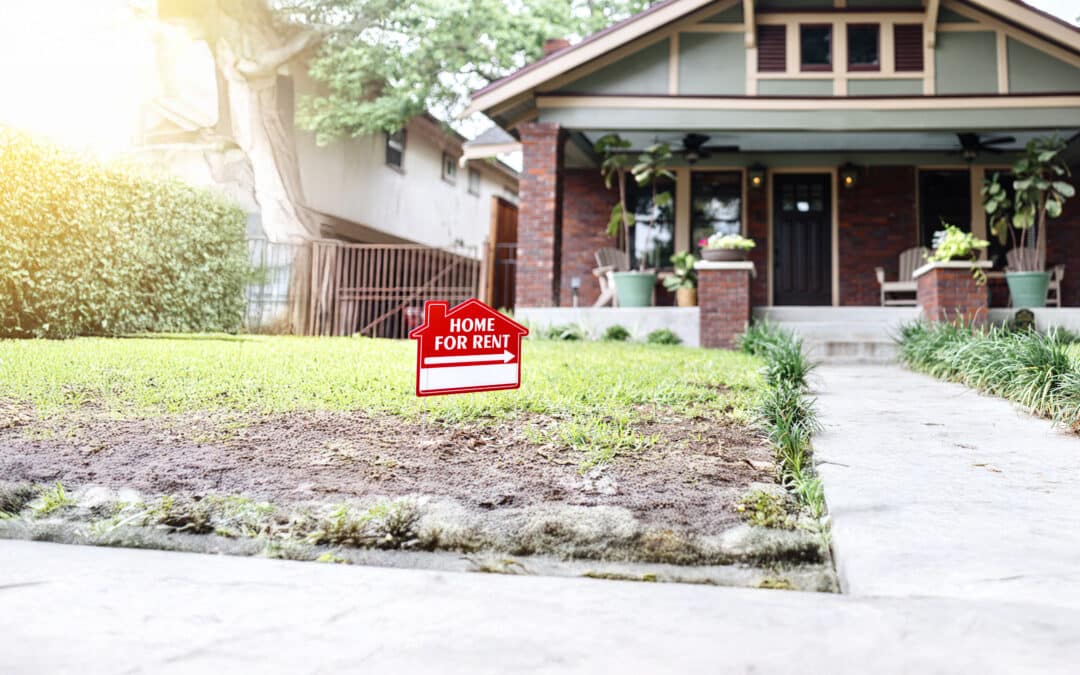It’s not just you — buying a home has objectively gotten a lot more difficult the past several years.
That’s one of the primary findings of a new study by Real Estate Witch, which uses an analysis of publicly available U.S. Census data to paint a disturbing picture of the state of U.S. homeownership.
So why, exactly, is it getting harder to buy a home? To boil it down to its essence, it’s because home prices are increasing at a much faster rate than wages. To make matters worse, that gap between average wages and average home prices is growing at an accelerating rate. So while it’s hard to buy a house today, it’ll be even harder next year.
Let’s look at the root causes of this problem, some possible solutions, and highlight some little-known pockets of affordability around the country.
Rising Home Prices — and Stagnant Income
The rate of homeownership has fallen with each generation since baby boomers. In a country that holds up homeownership as a pillar of community and wealth creation, that’s a puzzling trend. Pundits have blamed lower (and later) marriage rates, lifestyle choices (choosing to live in cities, which are generally more expensive), student debt, and the supposed laziness of young people for this decrease, but there’s a much simpler explanation.
According to the Real Estate Witch study, average home values since 1965 have increased by a whopping 118%, from $171,942 to $374,900, accounting for inflation. Over that same time period, median household income, adjusted for inflation, has increased by a relatively minuscule 15%, from $59,920 to $69,178 in 2021 dollars.
To put it simply, houses are getting more expensive while people are making the same money.
The Downside of a Red Hot Market
The 2008 financial crash shook up the real estate market, sending home prices crashing, and leaving many unlucky homeowners with underwater mortgages. The market’s recovered in the 13 years since — home values have rebounded, and real estate agents and the real estate industry itself has been revitalized by innovation — but the troubling pattern of rising home values and stagnant wages has gone from bad to worse.
Between 2008 and 2021, average home values have increased by 25%, from a post-crash low of $298,910 to $374,900 today. That’s been great for smart real estate investors taking advantage of a 1031 exchange but not so much for the average American. Over that same span of time, median household income has stayed nearly flat, going from $63,902 to $69,178 — a measly 8% increase. That means home prices have increased 3.1x faster than income since 2008.
Basically, the housing market has recovered from the 2008 financial crisis, but our bank accounts haven’t. That’s left many Americans no choice but to rent forever or pursue unconventional routes to homeownership.
Is It Getting Better or Worse?
Recent data suggests the problem may actually be getting worse. Before we can explain exactly how it’s getting worse, we have to explain a concept known as the “house-price-to-income ratio.”
The house-price-to-income ratio is a way to think about home prices relative to how much a buyer earns. Similar to the general rule that you shouldn’t pay more than a third of your income toward rent, experts suggest you stay close to a 2.6 house-price-to-income ratio in order to avoid financial discomfort.
The problem with that is that in 2021, the average house-price-to-income ratio in the U.S. is 5.4, or more than double the recommended “healthy” ratio of 2.6.
To translate that into real-world terms, that means it’ll take the average American 5.4 years to save enough money to buy a home. It also means, even after they’re able to buy a home, they’ll be burdened with high mortgage payments that will likely place a chronic financial strain on their wallet. To buy a home in 2021 means you’re probably going to have to live a little beyond your means — if you’re not locked out of the market entirely.
Many economists note that high house-price-to-income ratios have a dire effect on low-wage service and blue-collar workers, essentially putting homeownership out of reach for them. That leaves us with a situation where many people can’t buy a home at all, and most of the ones who can are under severe, perpetual financial stress.
However, there is a glimmer of good news in all this gloom and doom.
The 6 U.S. Cities That Are Still Affordable
Although homeownership is increasingly out of reach on average, there are still some pockets of affordability scattered around the country. Using the recommended house-price-to-income ratio of 2.6, six of the 50 most populated U.S. metro areas are still affordable for prospective homebuyers. Let’s do a quick rundown.
Pittsburgh, PA
This resurgent Rust Belt city is the most affordable large metro area in America. The average home value here is just over $190,000, and the average income is $84,800, for an exceedingly reasonable house-price-to-income ratio of 2.2.
Cleveland, OH
This midsized Ohio city takes second place on this list, with a house-price-to-income ratio of 2.4, thanks to an average home value of just over $186,500 and an average income of $78,600.
Oklahoma City, OK
OKC takes third on this list with a very healthy house-price-to-income ratio of 2.5, thanks to a very low average home value of $179,582 and an average income of $73,200.
St. Louis, MO
This extremely livable Midwest city boasts a house-price-to-income ratio of 2.5, with an average home value of nearly $209,000 (highest among these five cities) and an average income of $84,900.
Birmingham, AL
Rounding out the top five is this historic Alabama city, with a house-price-to-income ratio of 2.5, based on an average home price of $197,416, and an average income of $78,000.
Cincinnati, OH
The final affordable metro area in the U.S. is Cincinnati, with a house-price-to-income ratio coming in at exactly the recommended 2.6. It’s average home price is $221,436 and income is $85,400.
Looking at the other end of the spectrum, the least affordable U.S. metro areas are mostly on the West Coast, with the top four spots belonging, unsurprisingly, to California cities — Los Angeles, 9.8 house-price-to-income ratio, San Jose, 9.1, San Francisco, 8.3, San Diego, 7.8 — and the fifth spot going to New York, at 6.6.
The upshot? Although the overall picture is somewhat gloomy, housing affordability has been distributed a lot like wage growth — unevenly, in both an individual and a geographical sense. Owning a home on the coasts is tough for anyone who doesn’t bring in a high income, but there are still pockets of affordability in the middle of the country, for buyers willing to chase value.























0 Comments